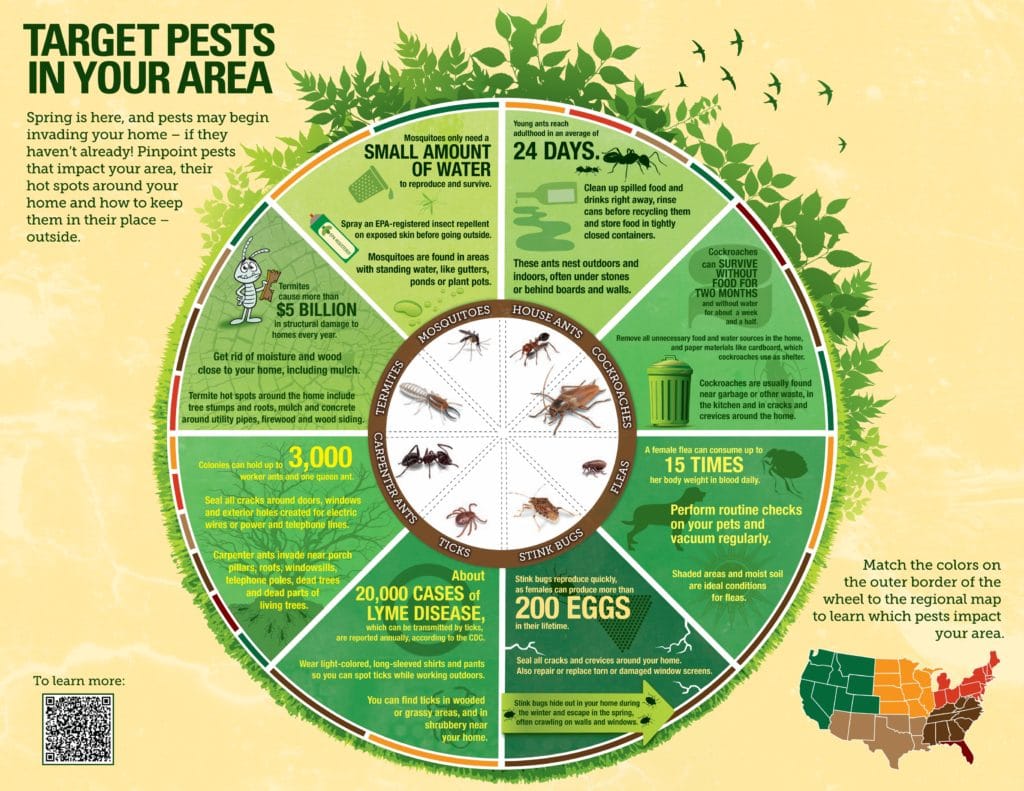Tips For Homeowners To Maintain Rodents Out Of Their Attic Rooms
Tips For Homeowners To Maintain Rodents Out Of Their Attic Rooms
Blog Article
Write-Up Writer-Thybo Degn
Visualize your attic as a comfy Airbnb for rats, with insulation as cosy as hotel pillows and wiring much more enticing than space service. Currently, imagine mice control in house tossing a wild celebration in your home while you're away. As a home owner, ensuring your attic is rodent-proof is not nearly assurance; it's about securing your residential or commercial property and liked ones. So, what easy actions can you take to guard your shelter from these furry trespassers?
Check for Entry Details
To start rodent-proofing your attic room, examine for access points. Begin by very carefully examining the outside of your home, searching for any openings that rodents can make use of to get to your attic. Look for spaces around energy lines, vents, and pipelines, in addition to any kind of cracks or holes in the structure or exterior siding. Make certain to pay attention to areas where various building products fulfill, as these are common entry points for rodents.
Furthermore, check the roof covering for any harmed or missing out on roof shingles, along with any gaps around the edges where rodents could squeeze with. Inside the attic, look for signs of existing rodent activity such as droppings, ate cables, or nesting products. Use a flashlight to thoroughly check dark edges and covert areas.
Seal Cracks and Gaps
Examine your attic room completely for any cracks and spaces that need to be secured to avoid rats from getting in. Rodents can press via even the tiniest openings, so it's essential to seal any type of potential entry factors. Inspect around pipelines, vents, cable televisions, and where the wall surfaces satisfy the roofing. Make Visit Home Page of a mix of steel wool and caulking to seal these openings efficiently. Steel woollen is an excellent deterrent as rodents can not eat via it. Make certain that all spaces are firmly sealed to refute accessibility to unwanted insects.
Do not neglect the importance of securing gaps around windows and doors as well. Usage weather stripping or door moves to seal these locations effectively. Examine the areas where energy lines enter the attic room and secure them off utilizing a suitable sealer. By putting in the time to secure all fractures and spaces in your attic room, you create an obstacle that rodents will certainly locate hard to violation. Avoidance is type in rodent-proofing your attic, so be comprehensive in your initiatives to seal any kind of prospective entry factors.
Get Rid Of Food Resources
Take aggressive measures to eliminate or keep all potential food sources in your attic room to discourage rodents from infesting the area. Rodents are drawn in to food, so eliminating their food resources is important in keeping them out of your attic room.
Right here's what you can do:
1. ** Shop food firmly **: Avoid leaving any kind of food things in the attic room. Shop all food in impermeable containers constructed from steel or sturdy plastic to prevent rats from accessing them.
2. ** Clean up particles **: Get rid of any type of piles of debris, such as old papers, cardboard boxes, or timber scraps, that rodents could use as nesting material or food resources. Maintain the attic clutter-free to make it much less attractive to rats.
3. ** Dispose of waste appropriately **: If you utilize your attic for storage and have garbage or waste up there, see to it to deal with it routinely and effectively. Rotting garbage can draw in rats, so maintain the attic tidy and without any type of natural waste.
Conclusion
To conclude, remember that an ounce of avoidance is worth an extra pound of treatment when it concerns rodent-proofing your attic.
By making the effort to check for entrance factors, seal cracks and gaps, and get rid of food resources, you can keep unwanted pests at bay.
Remember, 'An ounce of prevention deserves an extra pound of treatment' - Benjamin Franklin.
Keep aggressive and secure your home from rodent invasions.
